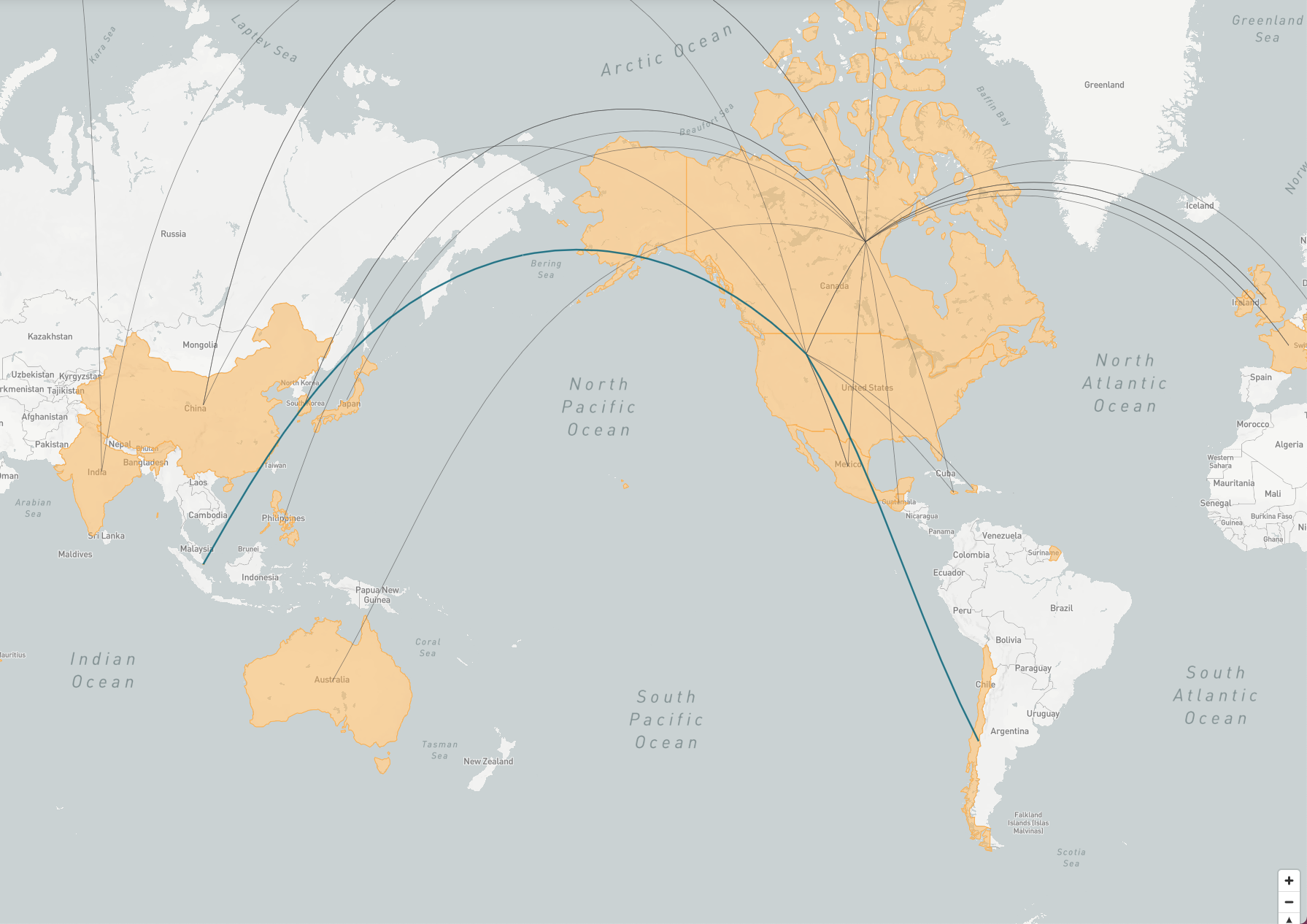- Country of destination: United States
- Country of origin: Chile and Singapore
- Sectors: Agriculture, Horticulture, and Food Processing, Information and Communications Technology
- Skill level: High
- Timeline: January 1, 2004 - Ongoing
- Number of beneficiaries: Capped at 6,800 per year
Overview
The H-1B1 visa is a derivative of the skilled H-1B visa available solely to people from Chile and Singapore, with 1,400 and 5,400 visas reserved for people from each country, respectively. It was negotiated as a part of free trade agreements (FTAs) signed with Chile and Singapore. Applicants are usually required to have a bachelor’s degree and apply it in a specialty occupation, as in the H-1B visa program.
Why was it started?
This visa was introduced as part of the Chile–United States and Singapore–United States FTAs, both of which were ratified in 2003 and went into practice in 2004. As a result, the H-1B1 visas are also called FTA visas. A reciprocal status was granted for Americans in both Chile and Singapore.
How does it work?
Of the 65,000 visas per year allocated to the capped H-1B visa program, 6,800 are reserved for the H-1B1 program: 1,400 for Chile and 5,400 for Singapore. The H-1B1 classification is available to some applicants from the two countries who would not otherwise qualify for an H-1B visa because they do not have a bachelor’s degree. Chilean citizens who will work as agricultural managers or physical therapists, along with both Singaporean and Chilean citizens who will work as disaster relief claims adjusters or management consultants, do not have to meet the standard H-1B requirement of holding a bachelor’s degree.
To apply for this visa, applicants must have a labor condition application (LCA) certified by the US Department of Labor. The period of employment is one year. Extensions may be obtained twice, in one-year increments. Unlike H-1B visas, H-1B1 visas are not considered “dual intent” visas; they do not allow visa holders to apply for permanent residence while in temporary status.
What impact has it had?
There has been no systematic evaluation of the H-1B1 program, possibly because of its small size. Fewer than 1,000 visas are approved a year for each nationality. Unused slots in the H-1B1 program get added to the general H-1B quota for the following year.

